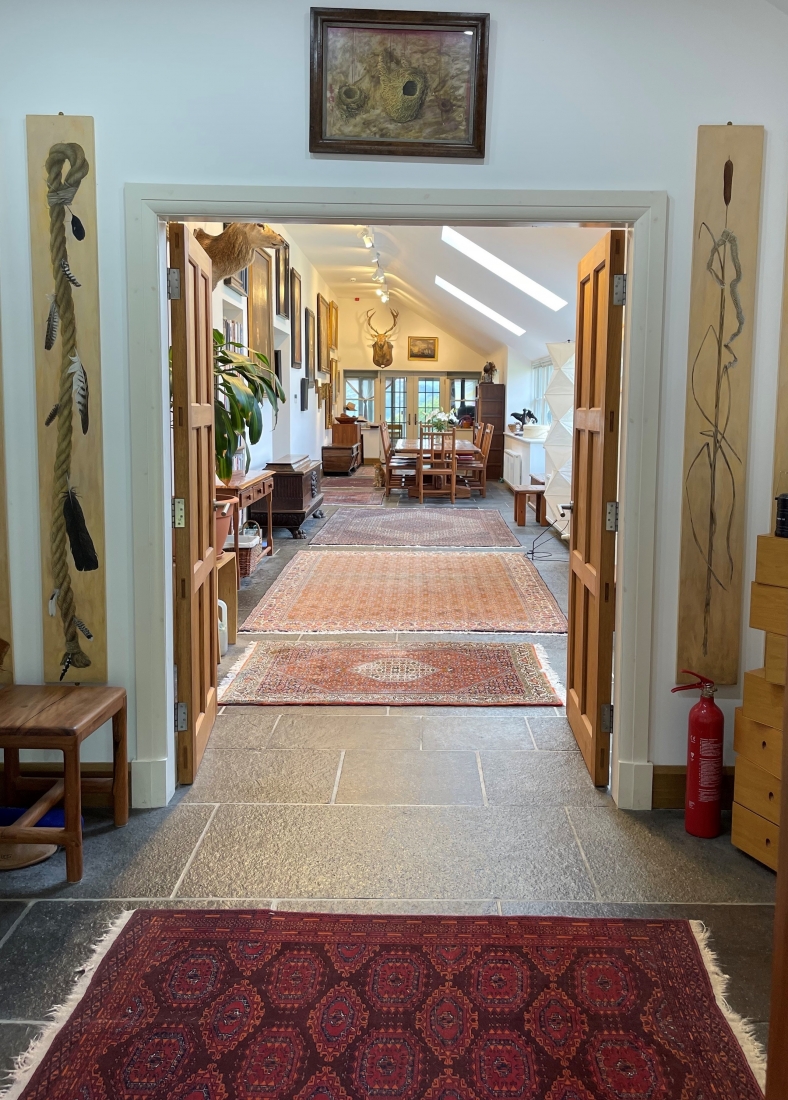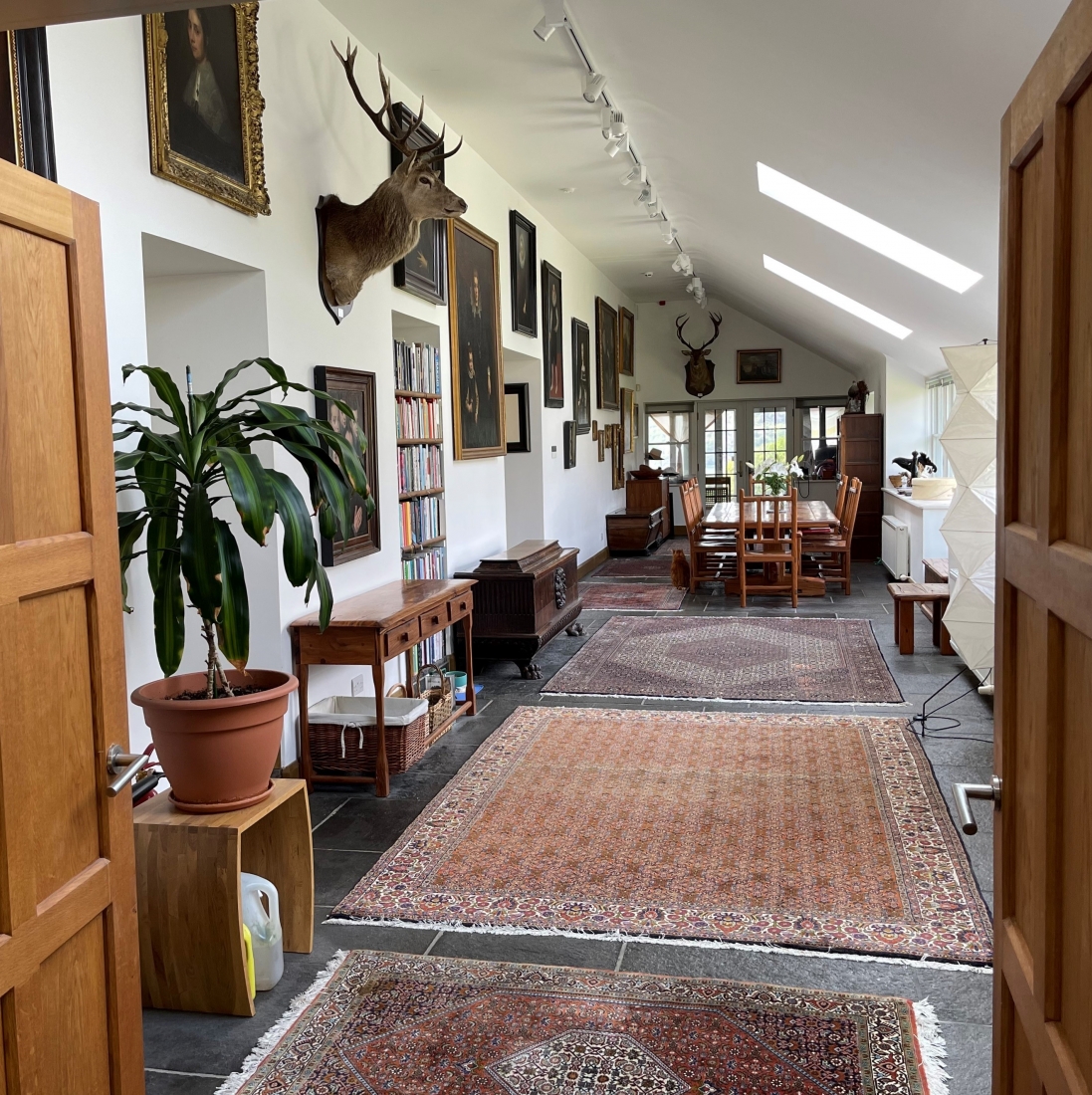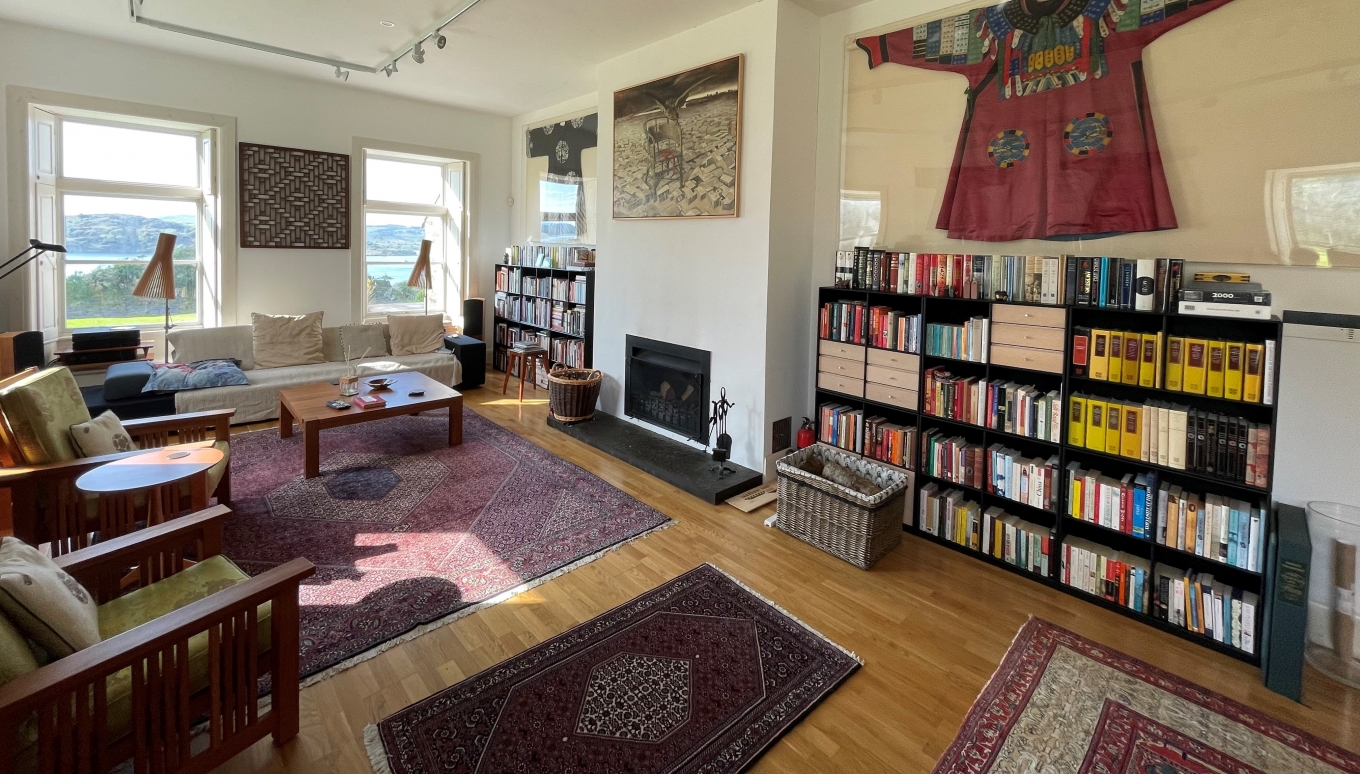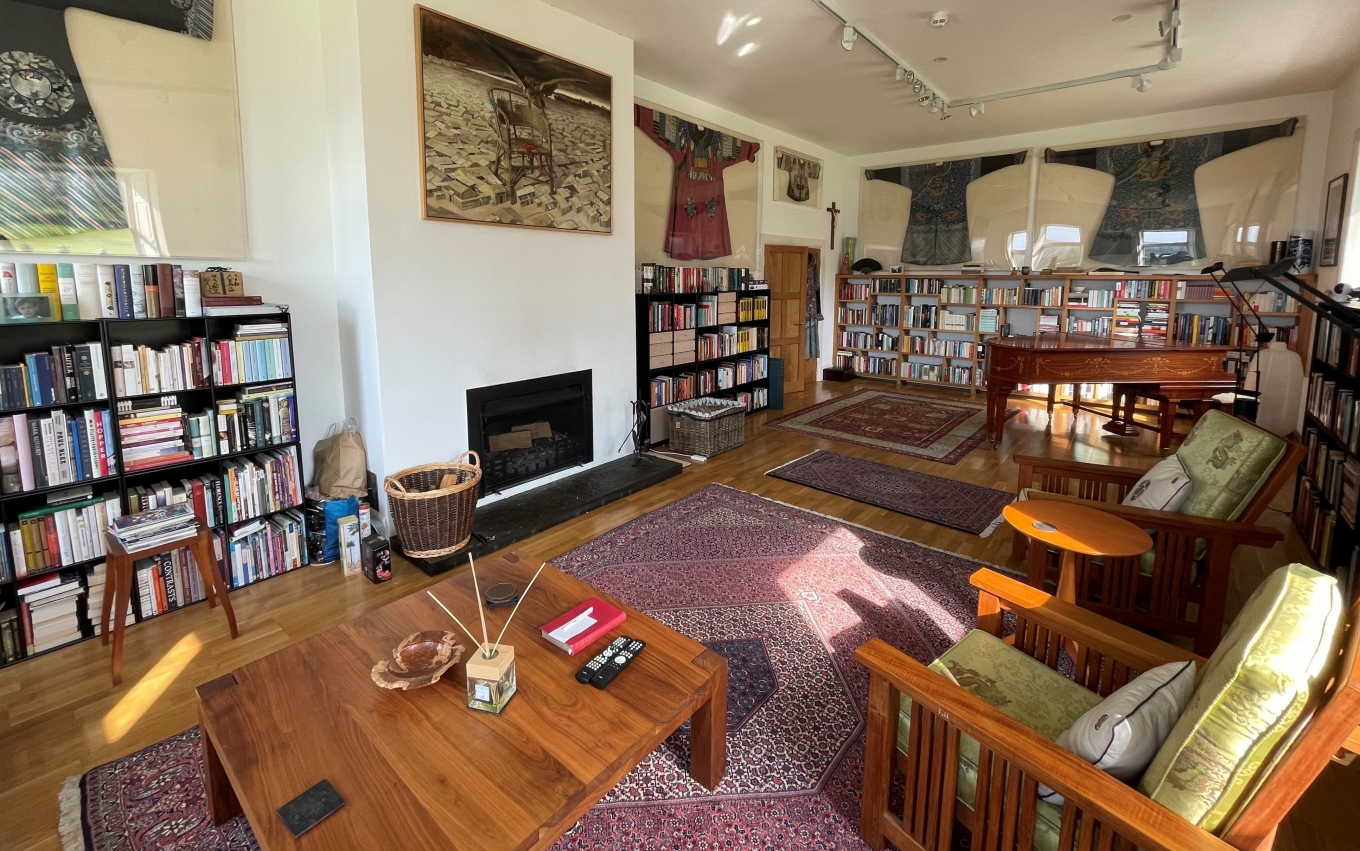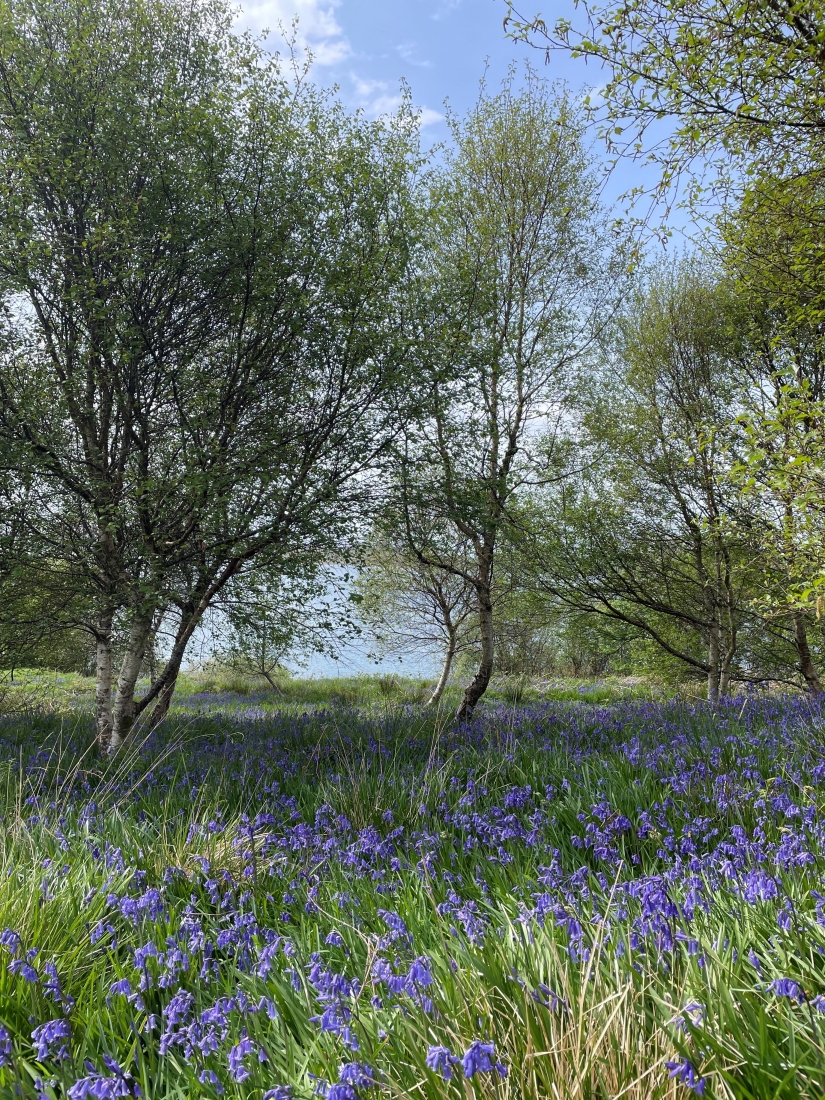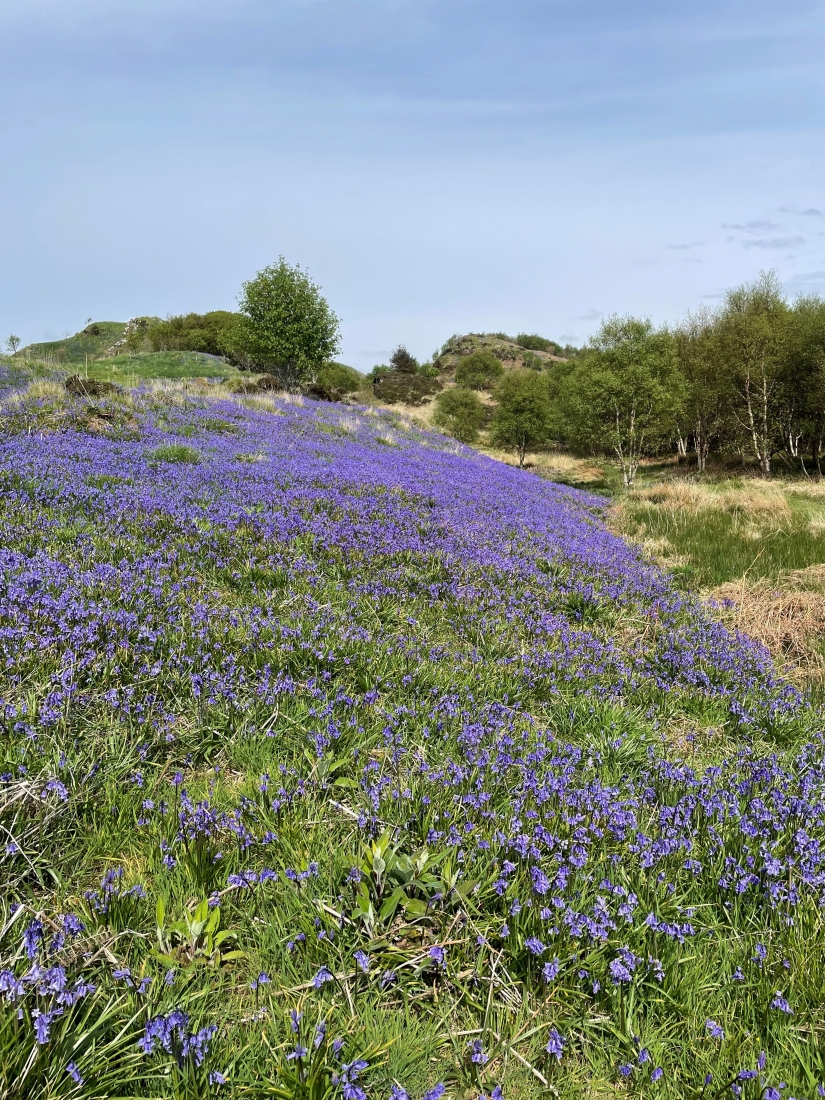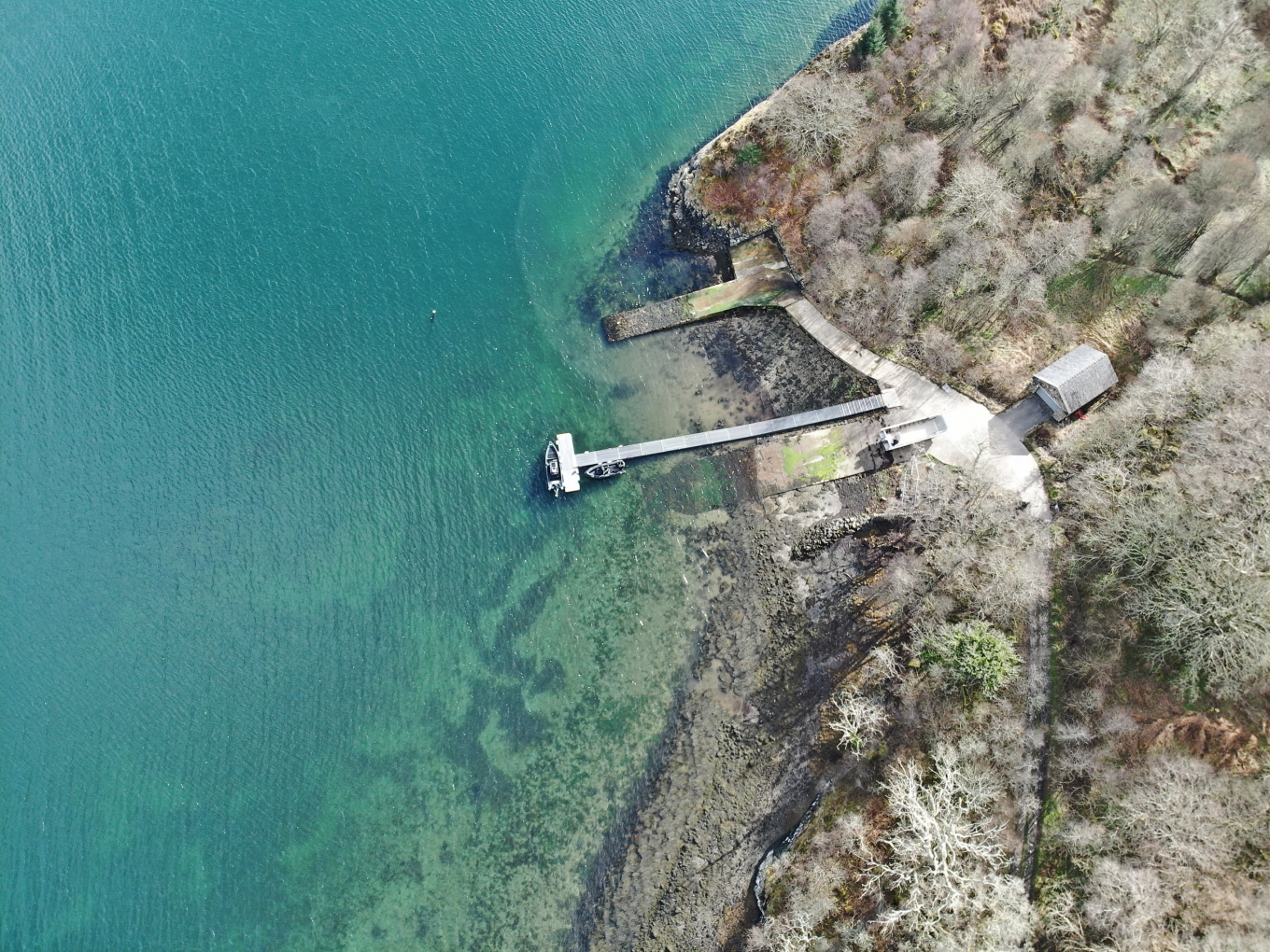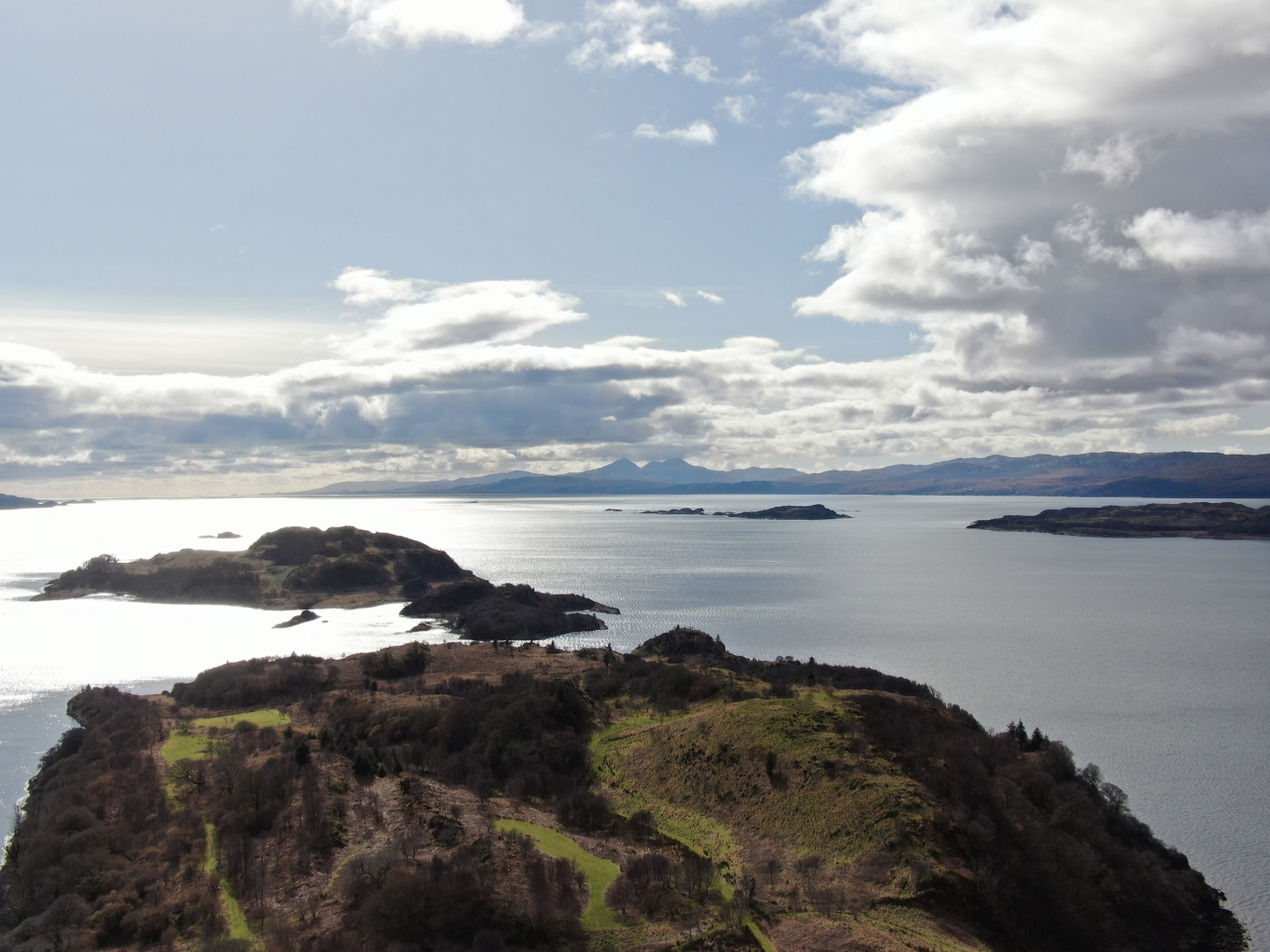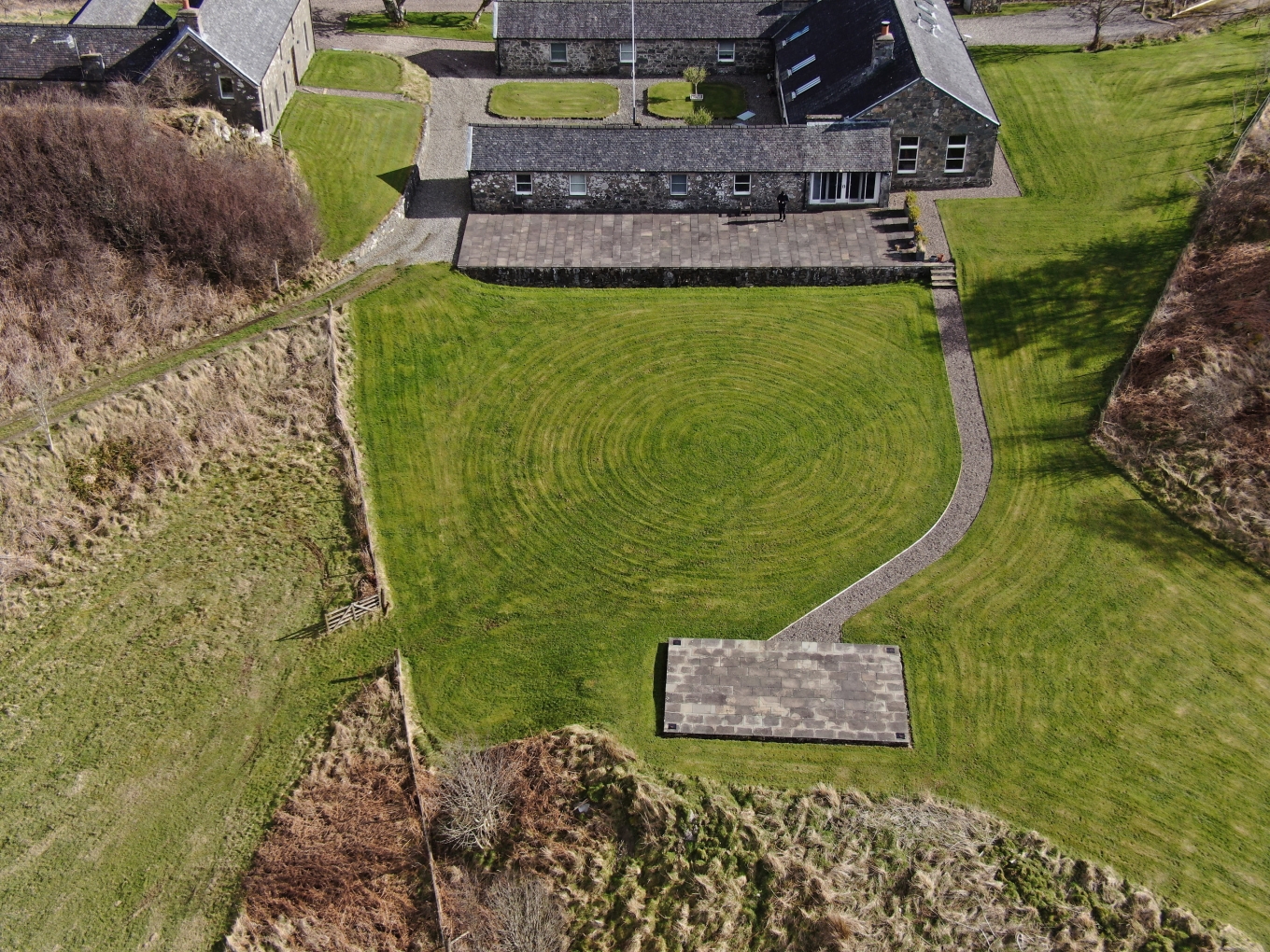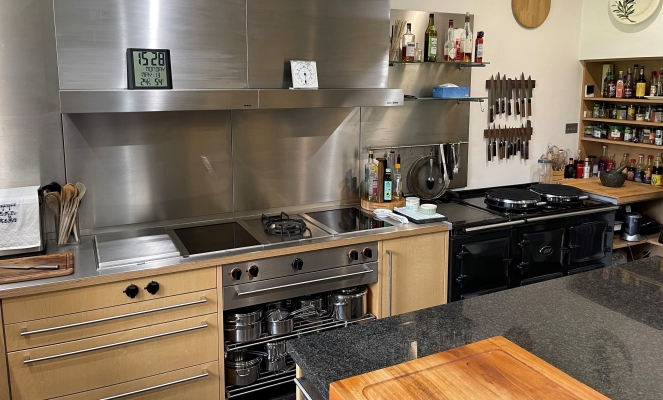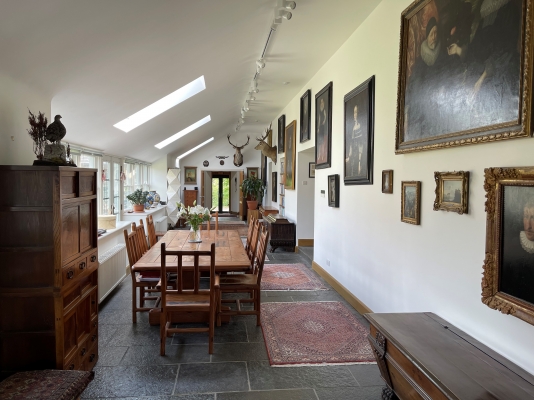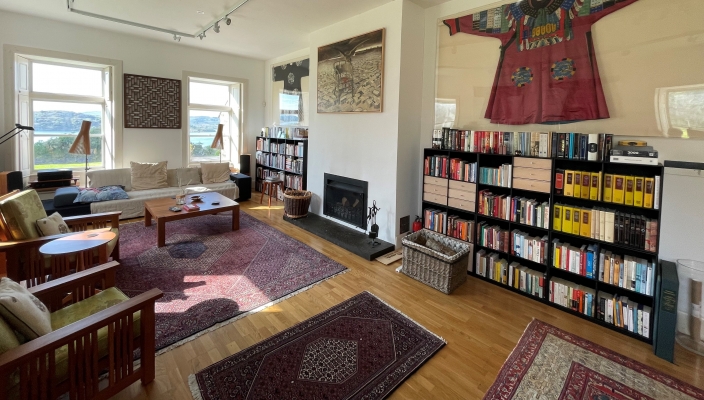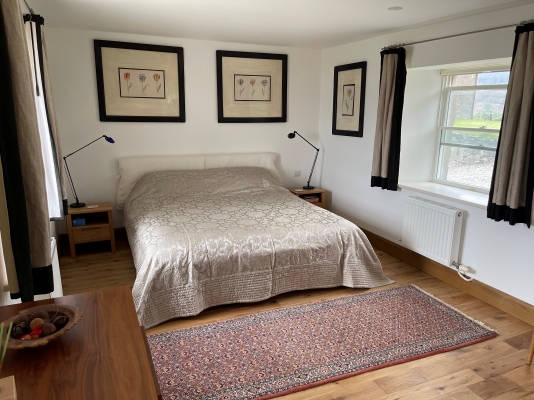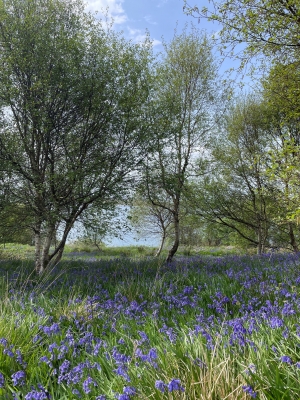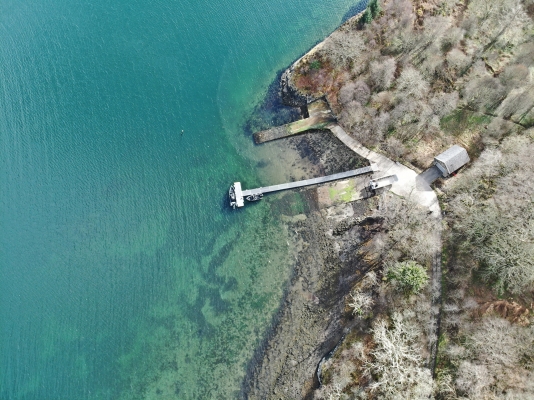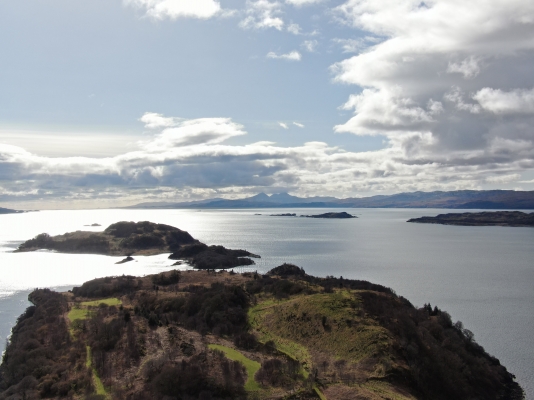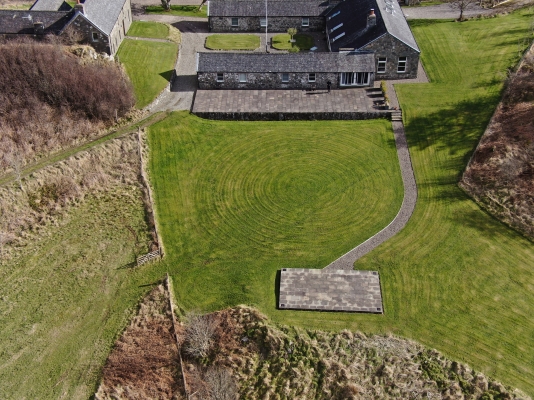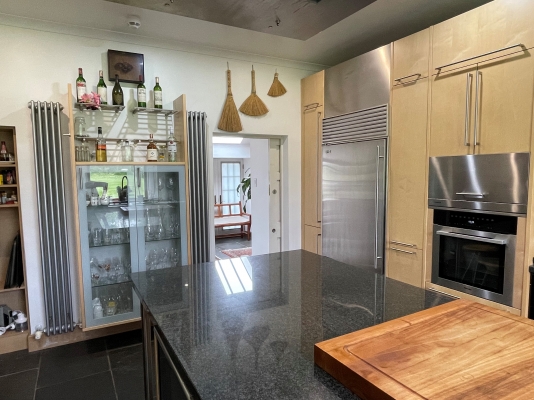Eilean Righ
OVERVIEW
Stunningly beautiful, steeped in history, and surrounded by the most extraordinary land and seascapes, Eilean Righ embodies everything that the ultimate Scottish Island should be. An abundant 261+ acres, the island is private and sheltered, yet it lies within one of the most accessible coastal locations in Scotland, the breathtaking central west region of Arg ...
OVERVIEW
Stunningly beautiful, steeped in history, and surrounded by the most extraordinary land and seascapes, Eilean Righ embodies everything that the ultimate Scottish Island should be. An abundant 261+ acres, the island is private and sheltered, yet it lies within one of the most accessible coastal locations in Scotland, the breathtaking central west region of Argyll & Bute with the beautiful Slate Islands lying to the west.
The status and heritage of Eilean Righ stretches back into prehistory – the island is home to two duns, or Iron Age forts, a testament to its importance in this period. During the 1930s, the island belonged to Sir Reginald Fleming Johnston, famed tutor to China’s last emperor, Pu Yi. When Johnston retired from his work in China, he returned to the island and lived there until his death in an Edinburgh hospital.
Eilean Righ’s current owners purchased it more than a quarter century ago and spent 3 years and several million pounds impeccably upgrading it to modern standards, including undersea and underground three-phase electrical mains with fully automatic three-phase generator backup, a new, deep fresh water supply via a 95-meter well, and a dedicated insulated and dehumidified hangar for up to two light-to-medium twin helicopters, a microwave telecommunications link to the mainland, and high-speed internet via Starlink. After using the island as a holiday home, the couple moved here permanently eight years ago and have upgraded the island’s infrastructure even further, with over £1 million in additional improvements, like a new ultra-modern floating jetty for easy maintenance and better, deeper yacht mooring with electrics.
The island also has an all-year-round 25 square meter stone shooting hut that is lit and dried via solar and wind, standing at the end of a 750m shooting range. There is a five-year average of six deer annually for hunting and consumption, if so desired, (a small temperature-controlled larder for hanging sits in the hanger). Some 10km of paths and bridges have been constructed so that the island can be walked around all year.
HOUSES
The main house has been formed from a converted steading and currently provides excellent open space and rooms, having been completely renovated over a two-year period. The floors are made from Caithness stone slabs and oak. There is a modern kitchen with the finest appliances (three gas hobs and six electrical hobs plus three ovens and two warming ovens). Plumbing and electrics were completely replaced during the extensive rebuild. The main house contains three bedrooms and three bathrooms. In addition, there are two large reception rooms, a playroom, large office, a dining room and excellent utility rooms with washers and dryers. Planning permission has been granted for an extension to the building to provide an extra 3,000 sq ft of living space over two floors. This will create a quadrangle with a stunning courtyard garden within it.
The farmhouse is located close by. It has a large kitchen, comfortable reception room, three bedrooms and two bathrooms. To the rear of the farmhouse an adjoining wing has been created which provides a large garage, workshop with steel roller door, a tank room containing a 5,000lt bunded oil tank, wine cellar, a gun room and further storage as well as a large office/workspace above the garage along with a plant room and freshwater storage of 5,000lt.
HELICOPTER HANGAR
As with much of the infrastructure on Eilean Righ, the hangar benefits from very advanced engineering. It has a floor area of approximately 5,000 sq/ft (500m2). The floor is made from reinforced concrete and the remainder of the building is constructed around a steel frame with insulated box profile cladding. It has electrically powered heavy steel retractable doors. There is mains power, light and water supplied to the building. It can also be completely de-humidified. Fittings are provided for the remote switching of a VASI (visual approach slope indicator) to assist in landing at night or in bad weather. The hanger is linked to the main house via a 250m illuminated path.
OBSERVATORY
A circular concrete base exists (along with three phase power) for the construction of an observatory capable of housing a substantial telescope positioned at the high point between the house and the helicopter hangar.
BOAT HOUSE
The Boat House is situated below the main house and is accessed down an attractive road, lined with native trees. The front facade is clad in stone with a steel roller door. The remainder of the Boat House has concrete walls, floors and a slate roof. There is power light and water. The building can accommodate several small boats. It is also an excellent storage facility. There are two new concrete slips constructed of reinforced concrete. They have a good draw and can be used at low and high tide. One is specifically designed to be used by a seaplane to exit the water, but also doubles as a very useful cargo drop off and pickup point. A floating jetty sits between the two concrete slips and from here several boats can be moored.
LOCATION
Situated snugly within Loch Craignish on Argyll’s beautiful coastline, Eilean Righ enjoys the most enviable position. Loch Craignish is a sea loch that lies just off the Sound of Jura. Eilean Righ can be approached by boat across the calm waters of Loch Craignish from Port na Moine via the A816. It is also a short journey by boat from Ardfern. By air Eilean Righ is a 20-30 minute helicopter ride from Glasgow International Airport over some of Scotland’s finest scenery.


